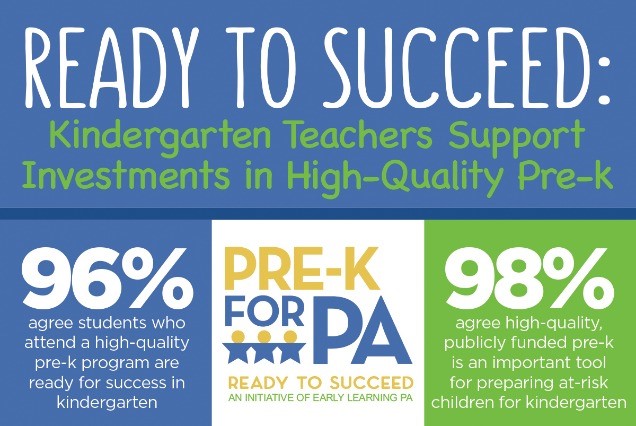UNIVERSITY PARK, Pa. — With the U.S. economy on track for potentially the longest expansion on record after the Great Recession of 2008-09, employment in Pennsylvania overall is strong. But the rosy statewide job numbers can mask persistent decline in various industries and regions across the state, according to economists in Penn State’s College of Agricultural Sciences.
Their conclusions are reflected in a report newly released by Penn State’s Center for Economic and Community Development, titled “Pennsylvania: Bust to Boom? Great Recession to Recovery & Beyond.” Through the liberal use of graphics, the report illustrates job growth and decline statewide and in five regions and 20 major industry sectors.
“While the Pennsylvania economy as a whole shows strength, it’s important to look at the distribution across the state,” said co-author Theodore Alter, professor of agricultural, environmental, and regional economics and the center’s co-director. “There’s a diversity of impact, and looking at the aggregate doesn’t give the correct picture.”
The report’s findings mirror those of two companion reports on the geography of employment and population shifts — released by the center in 2018 and earlier this year, respectively — that showed a significant contrast between southeastern Pennsylvania, which enjoyed mainly job and population growth from 2000 to 2017, and the rest of the state, with primarily declines.
The trends woven through this trilogy of reports suggest the existence of “two Pennsylvanians,” noted co-author Theodore Fuller, development economist in the Department of Agricultural Economics, Sociology and Education.
“Employment change in Pennsylvania’s five regions over the 10 years [2008-2018] covered in this report ranged from solid growth in southeastern Pennsylvania to widespread decline in western counties, and a mix of growth and decline in central, northern and northeastern Pennsylvania,” Fuller said. “This pattern was most stark during the recession and recovery but continued into the post-recovery growth years of 2015 to 2018.”
As an example, he pointed out that the 15 counties designated as southeastern Pennsylvania gained 133,000 jobs from 2015 to 2018, with 80,000 of that increase coming in the five-county Philadelphia metropolitan statistical area. In contrast, the 19-county western region gained only 3,000 jobs. While employment increased by 16,000 in the seven-county Pittsburgh MSA during this period, the other western counties combined lost a net of 13,000 jobs.
Fuller added that two major industrial developments underway that soon could bolster job creation and stimulate the economy of western Pennsylvania are construction by Royal Dutch Shell of a natural gas “cracker” plant in Beaver County — expected to be operational in the early 2020s — and a $1 billion investment by U.S. Steel to upgrade its Mon Valley Works by 2022.
In addition to regional changes in employment, there were winners and losers among industries, the report showed. Manufacturing and retail trade were in the top three industries in total employment in 2018, but they lost, by far, the most jobs among the 20 major sectors between 2008 and 2018. Manufacturing employment fell by nearly 80,000 and retail trade jobs declined by more than 28,000 over the 10-year period. Other industries with significant job losses were wholesale trade and educational services.
On the other hand, the state’s largest employment sector, health care and social services, gained more than 165,000 jobs during 2008-2018. In 2018, almost one in five Pennsylvanians was employed in this sector. Other growth industries included accommodation and food services, transportation and warehousing, and professional and technical services.
Pennsylvania’s top employment sector, health care and social services, gained 165,000 jobs in the 10-year period ending in 2018, but the largest number of those jobs were categorized as low-wage positions.
However, employment change doesn’t tell the whole story, the researchers said. Examining the average weekly wages of the jobs gained and lost provides additional insight. For instance, of all the jobs added in health care and social services between 2008 and 2018, by far the largest number were categorized as low-wage positions.
Across all the sectors analyzed, the greatest growth was in low-wage jobs, and the greatest losses came in middle-wage jobs, fueled by the decline in manufacturing employment. “Since 2008, we’ve seen a hollowing out of that middle-wage area,” Alter said. “And that suggests widening inequality, which could have profound implications for Pennsylvania’s economy going forward.”
The report is available on the Center for Economic and Community Development website.
Other contributors to this report were undergraduate research associates Raymond Hoy, Nolan Martino and Tessa Sontheimer; and Cristy Halerz Schmidt, applied research educator, Center for Economic and Community Development, Penn State. The U.S. Department of Agriculture’s National Institute of Food and Agriculture supported this work.

 New Pre-K for PA Report Released This Week
New Pre-K for PA Report Released This Week 